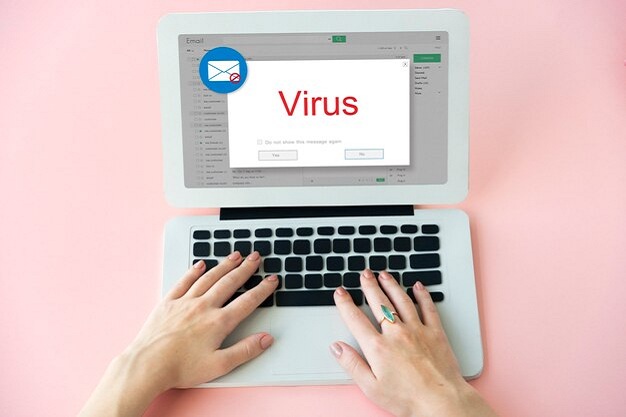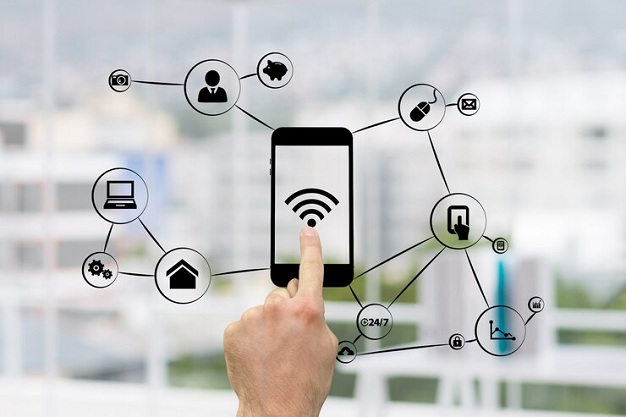Work from home has become a significant working culture these days. 70% of the employers in the U.S. have decided to adopt a hybrid working culture. Though work from home can offer numerous benefits to employees and employers like flexible working hours, less operational expenses, improved work-life balance, increased opportunities, etc. Still, some drawbacks set it aside. One of the biggest shortcomings of working from home is the lack of data security. Protecting the remote workforce from cybersecurity threats has become imperative.
According to the University of Maryland, almost every 39 seconds, there is a hacker attack. Therefore, it is crucial to look after cybersecurity challenges so that your company does not become the next victim.

Essential Security Tips To Prevent Cybersecurity Threats
There are various ways to reduce the risk of being caught by the hacker but the biggest thing is attentiveness. You need to be aware and alert about all the activities you are doing or happening with you.
– Stay Informed About The Tools
We use multiple software and apps every day to stay at ease but not all apps are secure enough to use for work. You can not trust every app for professional purposes because there are some sophisticated software developers cum hackers that make software to steal confidential data of the device.
Moreover, you may not know which website/software/app has been hacked. Therefore, you should check proper reviews of all online platforms before giving any essential information.
Also, always inform the company’s IT professionals before using any software to stay sure that you are using a protected platform.
– Beware Of Phishing Attacks
As we already said, being alert is important. You should think twice before clicking any link especially if it is not from a trusted or known source. Also, if it is from a known source and you doubt its authenticity. You should check with the sender whether the person is sure about the security of the link or not.
If not, do not take a chance and immediately consult your IT coordinator in the team to confirm its authenticity.
– Set-Up Firewalls
Firewalls are the network securing devices. It monitors and filters the incoming & outgoing network traffic according to the existing company security policies. It works as a barrier between your device and the internet.
It prevents malicious programs from entering your device as your computer has in-built firewalls. All you need is to check whether it is enabled or not. If not, follow these steps to enable it.
Steps to enable firewalls
- Go to Control Panel
- Select Security and System
- Go to Windows Defender Firewalls
- Turn it on to set up firewalls

– Choose Cloud Storage Wisely
Due to the work from home scenario, cloud computing has got significant fame in corporates and businesses. Although it is said that cloud computing is a safer storage alternative still, many companies offering cloud storage are unable to protect the data from being hacked.
It creates a need of choosing the data storage platform that protects confidential and crucial company data from hackers.
Cloud storage platforms such as AWS and Google Drive are some of the safest platforms for data storage.
– Use Antivirus Software
The name explains the purpose well. Antivirus software protects the device from being affected by viruses or attacks.
They run automatic scans every day to ensure that nothing is harming the company data. They automatically scan the downloaded files before you for malware attacks before you open them.
If you have not received it from the company at the time of work from a home announcement. Consider it your responsibility and ask for the paid version of antivirus software.
– Secure Your Wi-Fi, Do Not Use Public Hotspots
Many times hackers perform malicious activities by accessing your Wi-Fi. That is why it is required to secure your Wi-Fi network to prevent such attacks.
Securing Wi-Fi by adding a password is not enough. There are many more things you need to take care of to have a secured internet connection. Make sure your Wi-Fi is protected as per the following suggestions:
- Set difficult & hard to guess password
- Inbound & outbound traffic is restricted
- Set encryption to WPA2 or WPA3
- Switch off the WPS
- Add MAC addresses to your Wi-Fi networks
- Hide Your Network, etc.

– Attend Training And Workshops
Every day hackers are being more sophisticated and developing new ways to hack your device. Therefore, you should be aware of the tricks they are using and how you can protect yourself from emerging cybersecurity challenges.
Many companies and IT professionals conduct workshops (even free of cost) for human and business welfare. To protect their data from being hacked and devices accessed for illegal activities.
Conclusion
Protecting the remote workforce from cybersecurity threats has become a business responsibility that no business should avoid. However, both employees and employers need to beware of these threats and take prompt action if anything seems suspicious. Moreover, you should protect your Wi-Fi connection from being hacked, install antivirus software and set up firewalls to not become the next victim.
